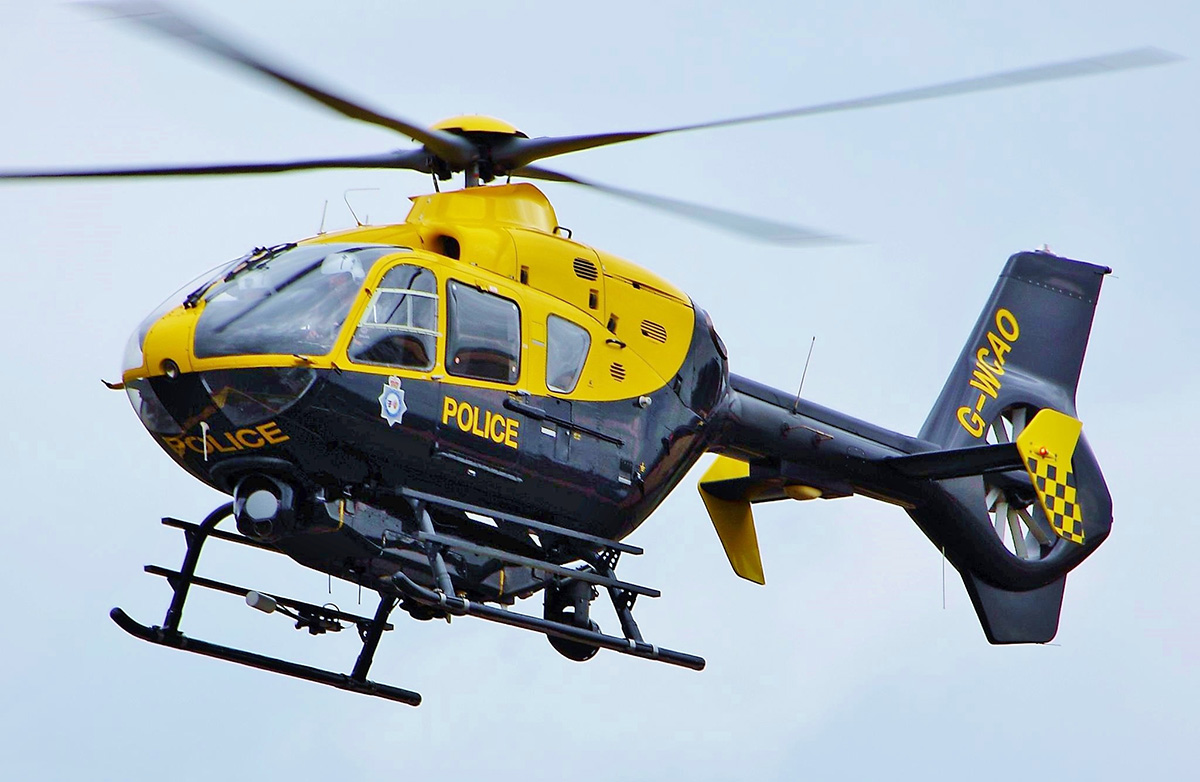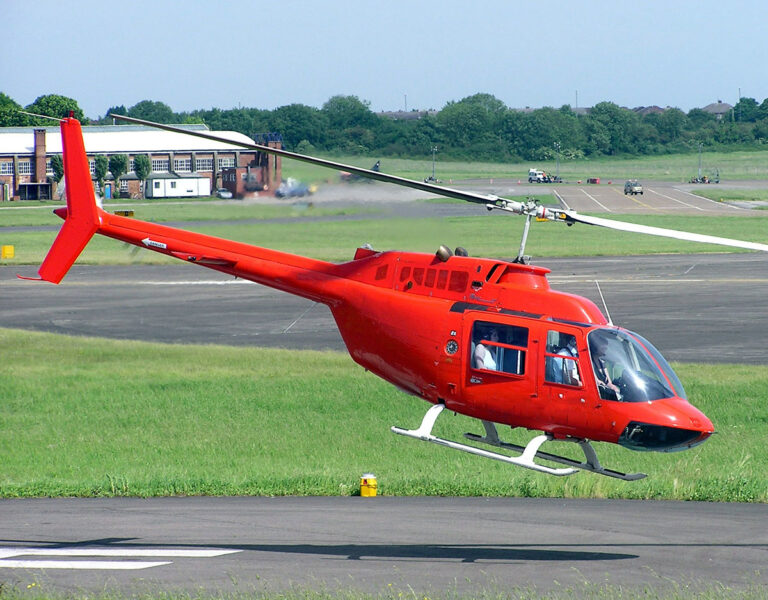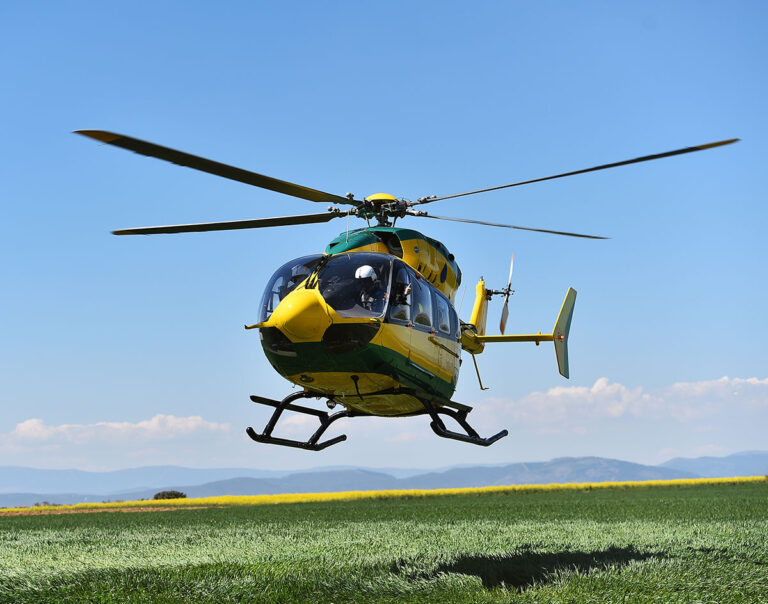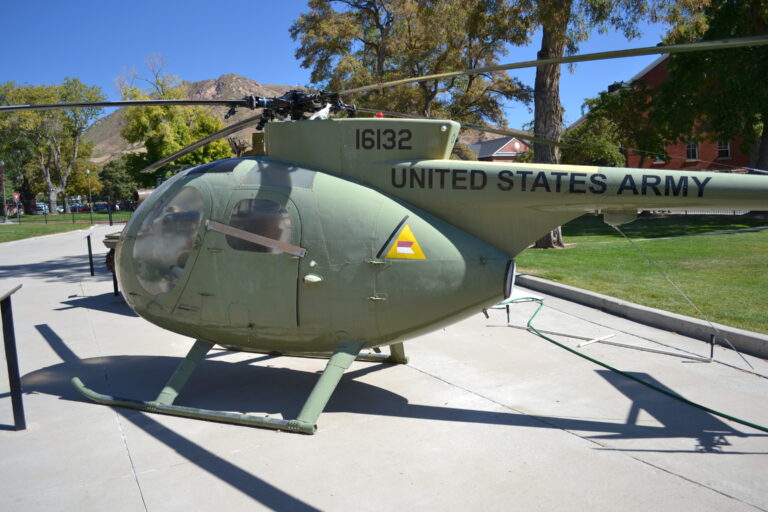The Remarkable Journey of the Airbus EC135 Helicopter
Origins of Airbus EC135
The Airbus EC135 helicopter has a fascinating origin story. Initially, it was a humble demonstrator. However, it quickly climbed the ladder of popularity. Airbus decided to turn it into a production model.
The EC135 began its journey in the 1970s. The EC135 was originally built by German manufacturer Messerschmitt-Bölkow-Blohm and Aerospatiale as the BO 108. It was not just a helicopter, but a technology showcase. It aimed to highlight the latest advances in avionics and aerodynamics.
Helicopter Study Guide: A practical review for the checkride
This guide provides an excellent review of key material to help the helicopter student pass their check ride. The guide uses a question and answer format, with expanded explanations. This format is helpful for student preparing for the oral portion of the checkride. This edition is written for the private pilot, but contains useful information for all pilots.
Innovative Features
The Airbus EC135 boasted innovative features. It had a hinge less main rotor, which was adopted by Sikorsky and Boeing. Another feature was its low-profile transmission. This provided more cabin space, a significant improvement. Also, it had a low vibration motor. The composite tail rotor and cabin materials were other standout features.
The EC135 helicopter also featured digital flight controls. Furthermore, Airbus equipped the helicopter with EFIS instrumentation. This allowed for instrument-only flight. It was indeed a revolution in avionics.
Transformation into Eurocopter
A significant development occurred in 1992. Aerospatiale transitioned into Eurocopter. Consequently, the BO 108 obtained access to the Fenestron tail rotor. This rotor was quieter and more efficient than the existing one. Airbus incorporated this design into the helicopter’s production model.
First Flight and Production
The EC135 first took flight in 1994. That same year, it earned certification in Germany and the U.S. The maiden Airbus EC135 model was powered by twin Pratt and Whitney Canada PW206B engines. It was designated as the EC135P-1.
Variants and Engines
Airbus modified the EC135P-1 allowing it to be fitted with two Turboméca Arrius 2B engines. This model was known as the EC 135T-1. Interestingly, both engine variants remain available today. While the Pratt and Whitney engines deliver 621 shp, the Turboméca Arrius 2B provides 583 shp.
Specifications and Upgrades
Over time, the Airbus EC135 has seen multiple upgrades including newer, more advanced engines. There were also software upgrades to FADEC and improvements to avionics. The latest version of the EC135 helicopter has impressive stats. It boasts a cruising speed of 158 mph and a maximum speed of 178 mph. Additionally, it has a range of 395 miles.
Interior Configurations
The EC135’s cabin is adaptable. It can transport five to seven passengers. Besides, it can be reconfigured for utility roles, such as law enforcement or medevac. This helicopter’s reliability and flexibility make it a global choice. For instance, the EC135 is used as a police helicopter or air ambulance by various organizations worldwide.
EC635 Military Variant
A military variant of the EC135 also exists. Known as the Eurocopter EC635. The EC635 helicopter was modified to serve frontline troops. It provides fire support and medevac capabilities. Countries like Portugal, Jordan, Switzerland, and Iraq currently use it.
Resilience over the Years
The Airbus EC135 helicopter shares a similarity with its smaller sibling, the Eurocopter EC120. Both have weathered changes in the aerospace industry. The EC135, with consistent improvements, has become more flexible and powerful. A civilian passenger helicopter can perform many roles. There are not many tasks this resilient machine cannot tackle.







![One of the rarest and least-known Cessnas ever produced, the CH-1 helicopter. [Credit: Cessna]](https://hoveringhelicopter.com/wp-content/uploads/2023/08/CH-1-Cessna-Flight-768x490.jpg)

